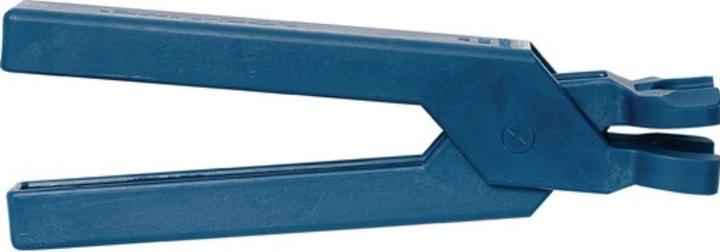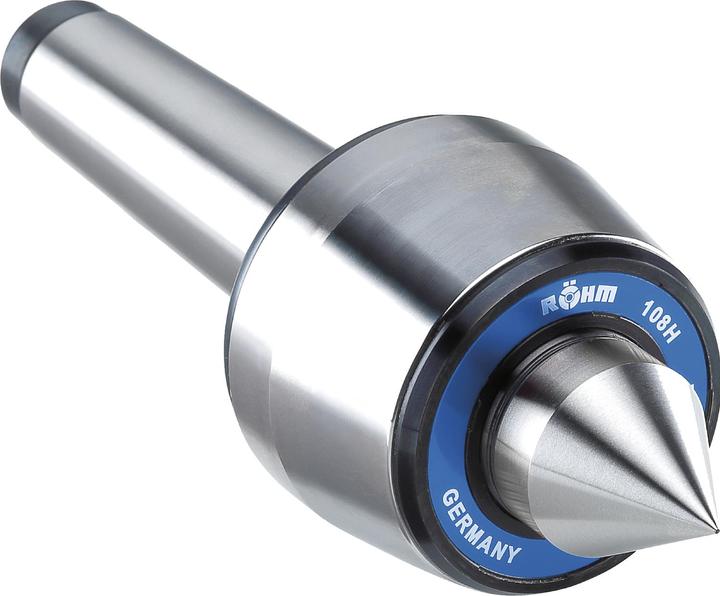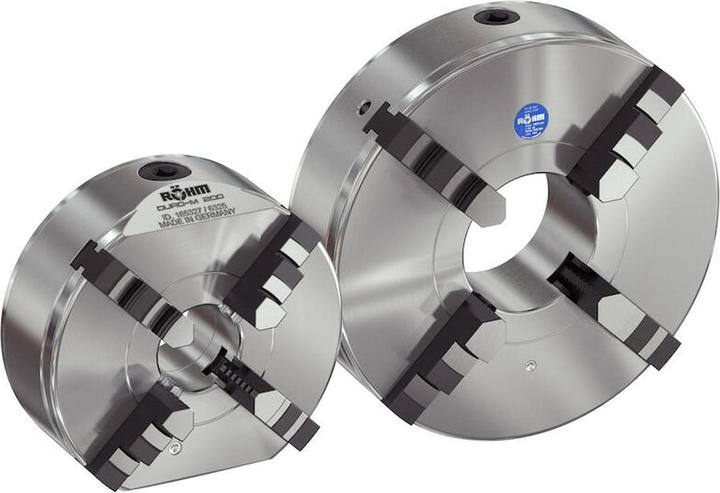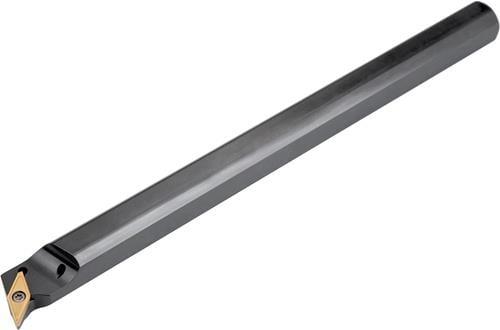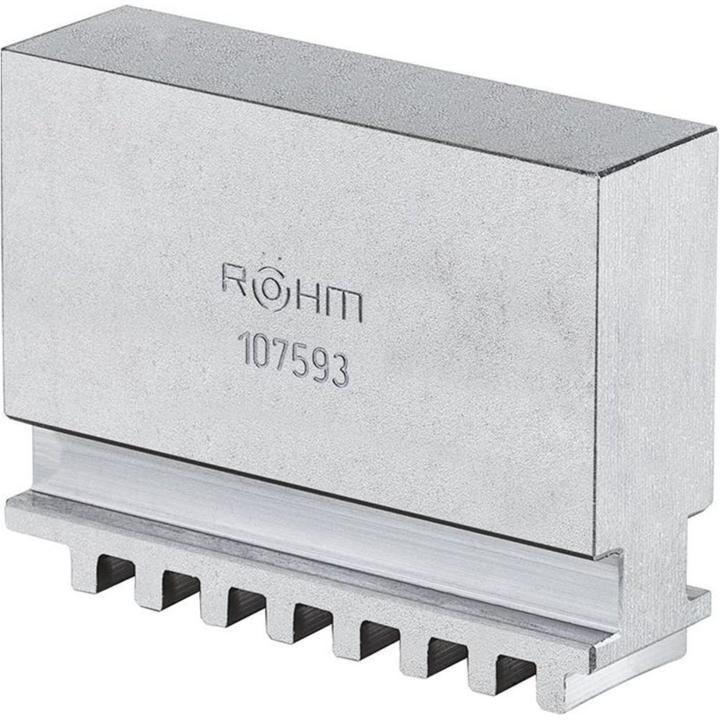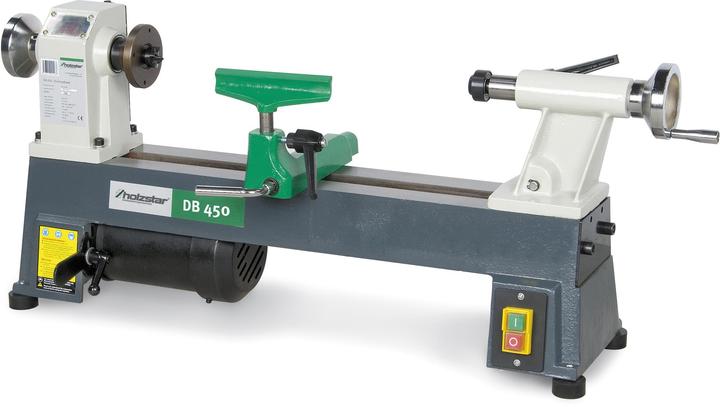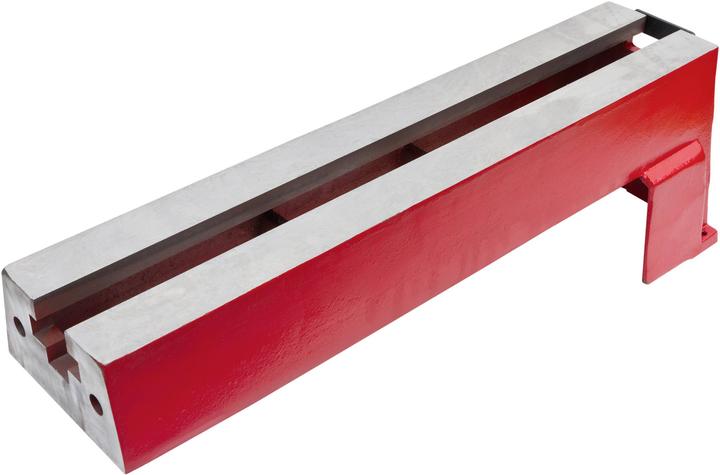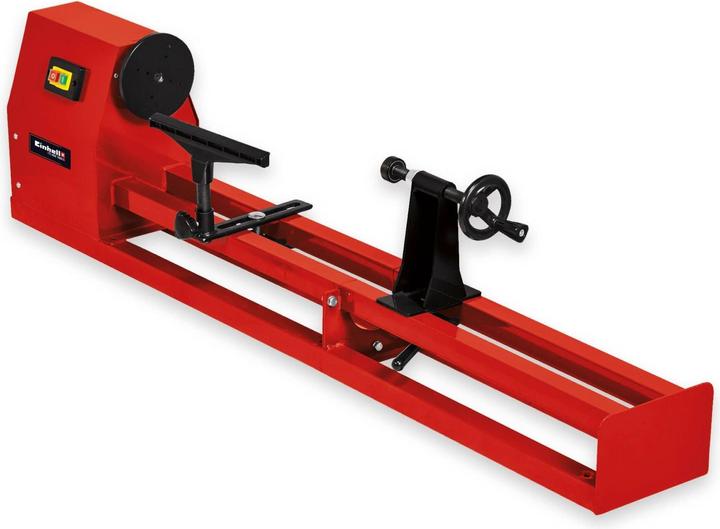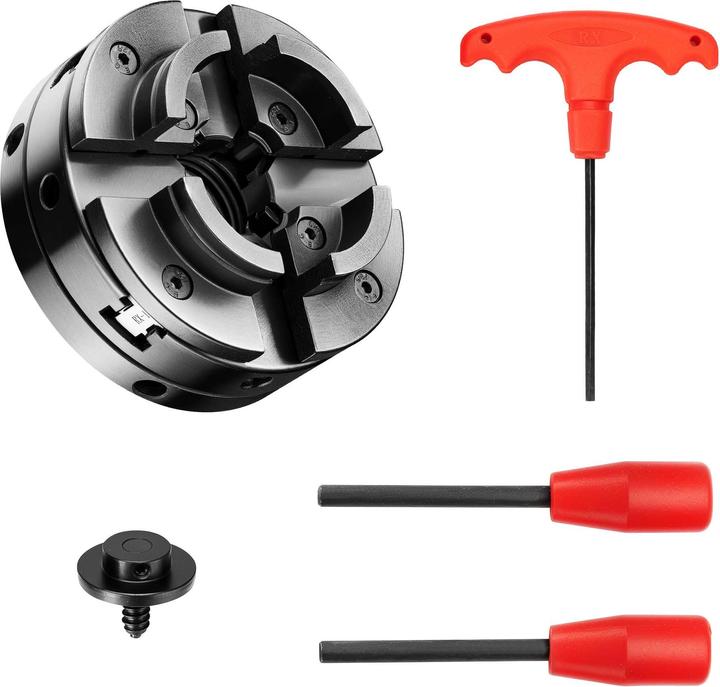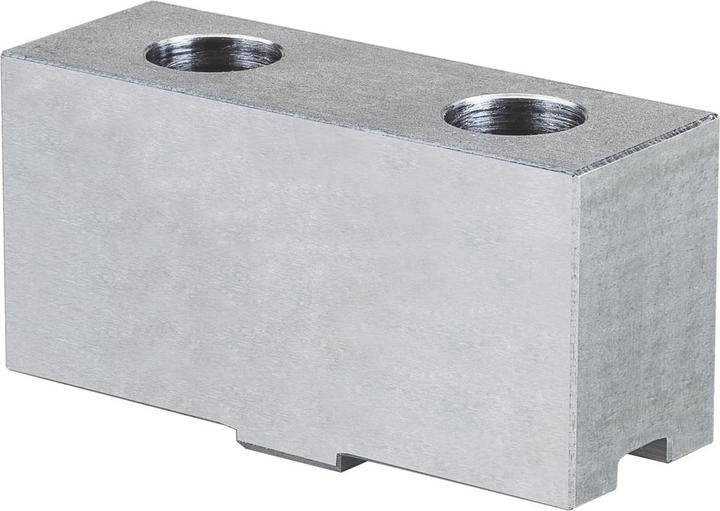
Too Many Lathes? Here's How to Choose the Right One
Discover five key factors to consider when selecting the ideal lathe for your needs.
Last updated 1 week ago. Automatically generated content.


Select options and limit the number of products
Max. turning diameter refers to the largest size of a workpiece that a lathe can accommodate, affecting the range of projects it can handle. It's important for determining the scope and versatility of the lathe, ensuring it meets specific requirements for different applications.
Popular options
101 - 200 mm
Typical price
110,– to 290,–Allows for medium-sized workpieces, common in automotive and appliance manufacturing.
Offers a balance between capacity and versatility, suitable for a variety of projects.
Bestseller
201 - 315 mm
Typical price
120,– to 420,–Supports larger workpieces, often used in heavy-duty industrial applications.
Recommended for users needing to work on substantial parts, providing robustness and reliability.
Bestseller
Max. speed refers to the highest rotational speed a lathe can achieve, measured in revolutions per minute (rpm). It is crucial for determining the lathe's efficiency and suitability for different materials and operations, affecting precision and finish quality.
Popular options
Up to 3000 rpm
Typical price
200,– to 1000,–Suitable for general-purpose machining and working with softer materials.
Ideal for hobbyists and small workshops, providing reliable performance for basic tasks.
Bestseller
3001 - 5000 rpm
Typical price
300,– to 890,–Allows for quicker operations and is effective for harder materials.
Recommended for professional environments needing speed and efficiency without compromising accuracy.
Bestseller
5001 - 7000 rpm
Typical price
270,– to 520,–Provides maximum speed for high-precision tasks and complex materials.
Best for advanced users who require superior finish quality and faster production rates.
Bestseller
Material is a crucial factor when selecting a lathe as it determines the types of projects and materials the lathe can handle. Choosing the right material ensures the lathe's durability and efficiency, impacting the quality and precision of the finished workpieces.
Popular options (you can select more than one)
Metal
Typical price
140,– to 320,–Designed for cutting and shaping metal workpieces, providing robustness and precision.
Ideal for heavy-duty projects, ensuring durability and reliability in industrial applications.
Bestseller
Wood
Typical price
68,– to 220,–Specialized for turning wooden pieces, offering flexibility and ease of use.
Perfect for crafting detailed and intricate designs, suitable for both professional woodworking and hobby projects.
Bestseller
Centre height in a lathe determines the maximum diameter of the workpiece that can be accommodated. Selecting the appropriate centre height is crucial as it influences the lathe's versatility and the range of projects it can handle.
Popular options
Choosing the right lathe brand can significantly impact the precision and durability of your projects. Brands like Proxxon and Holzmann are known for their quality and reliability, catering to both professional and hobbyist needs.
